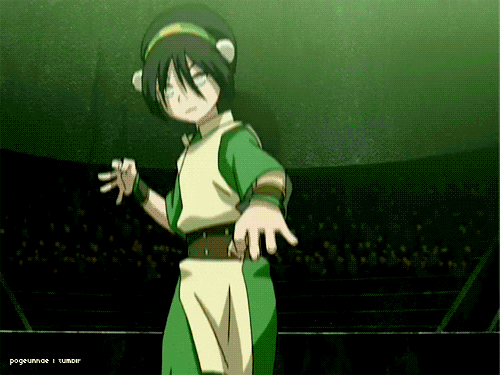dvcochran
Grandmaster
I know I am jumping into the middle of the conversation, forgive me.Yo. Im a less polite person than Gnarlie. Feel free to stop reading right here and go about your business if you want.
I have a question for you. Give me a firsthand example of a disrespectful American teenager. Not by your definition, not by the definitions of South Korean culture, not by the definitions of American culture. Someone who openly challenges other people who deserve their respect. So basically, find me American teenagers who defy their own standards of decency and ethics to disrespect another person.
Respect and what defines it varies so wildly from place to place that it cannot and should not be looked at like a standard. American kids probably are disrespectful, according to South Koreans. Now go ask an American teenager if his friends are disrespectful. Culture is more than nationality, and respect is more than a generalized sense of supremacy wherein people viewed as inferior 'respect', or belittle themselves for the benefit of those who view themselves as better than them.
So basically, you dont want anyone to read any of what you have to say in isolation? Well, sorry if that doesnt float your boat mate, but if you say something im going to read it, im going to take you on your word, and im going to interpret what you have communicated. Did it never occur to you that they are statements in and of themselves, all of which contribute to whatever point it is youre trying to make? If you are reading this, right now, are all my sentences blurring together into one statement, or are they numerous statements being used to communicate with you? This is how conversation happens. Its a long way from verbal communication, but to be fair, in a verbal chat you wouldnt get so many words out of your mouth before the other participants had their own piece/s to pitch. Verbal conversation is much shorter. Textual conversation allows for, in some ways, more specific conversation.
Then explain yourself. And tell me, how do you want people to reply to particular points youve made? Do you want us to just ignore the points youve made whether we agree with them or not, and just agree or disagree with no basis of conversation whatsoever? This is a discussion board. We discuss things. Discussion requires points to be made and those points to be addressed.
But it hasnt been reformed. Were taking your words and replying to what youve said. I repeat: If this were a verbal conversation, id be replying to every single point or statement you made before you could go on to the next one. Thats how conversation works. Im pretty sure thats universal, too. Only difference is that in text, you get to make several statements, which you have whether you want it to be viewed that way or not, which are then replied to with statements of their own.
Have a great day!
I agree with most of what you say but I take exception to even the counter-notion here: "Culture is more than nationality, and respect is more than a generalized sense of supremacy wherein people viewed as inferior 'respect', or belittle themselves for the benefit of those who view themselves as better than them." No where in my realm of thinking does such an idea surface. Where is the world does the thought (or counter) of respect enter such an extreme idea? Way, way out in left field. Never is respect belittling. IMHO.





